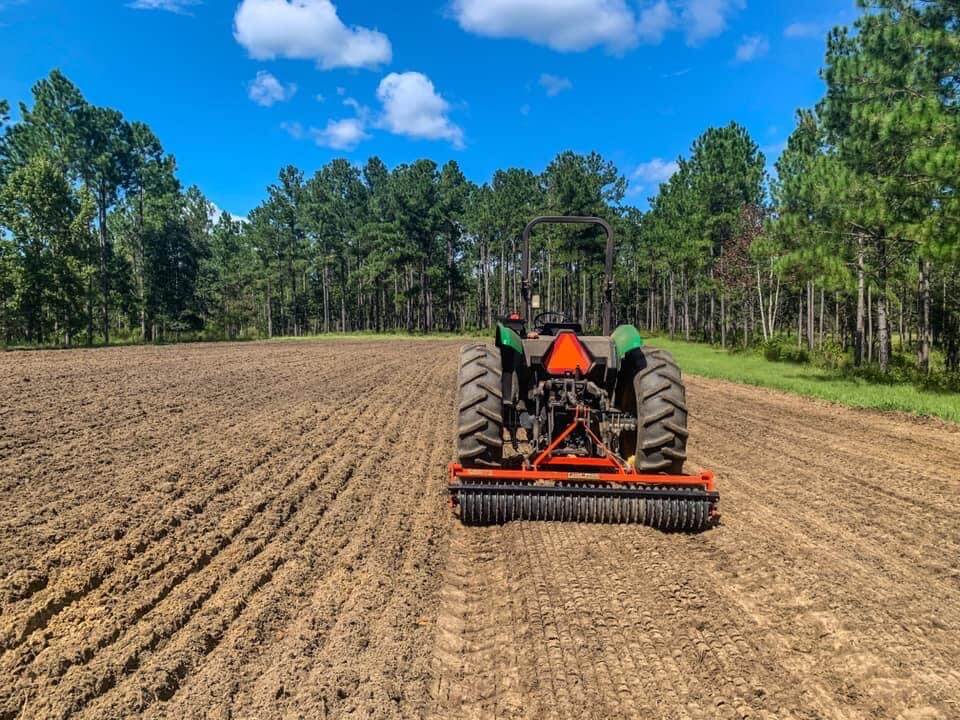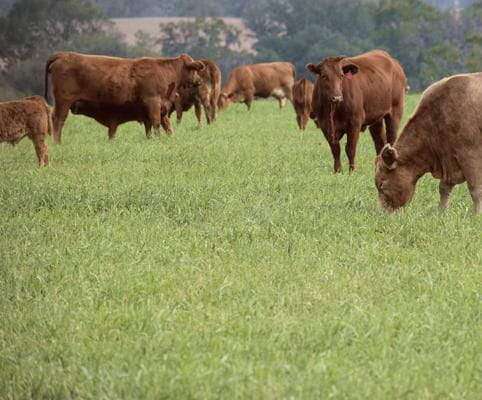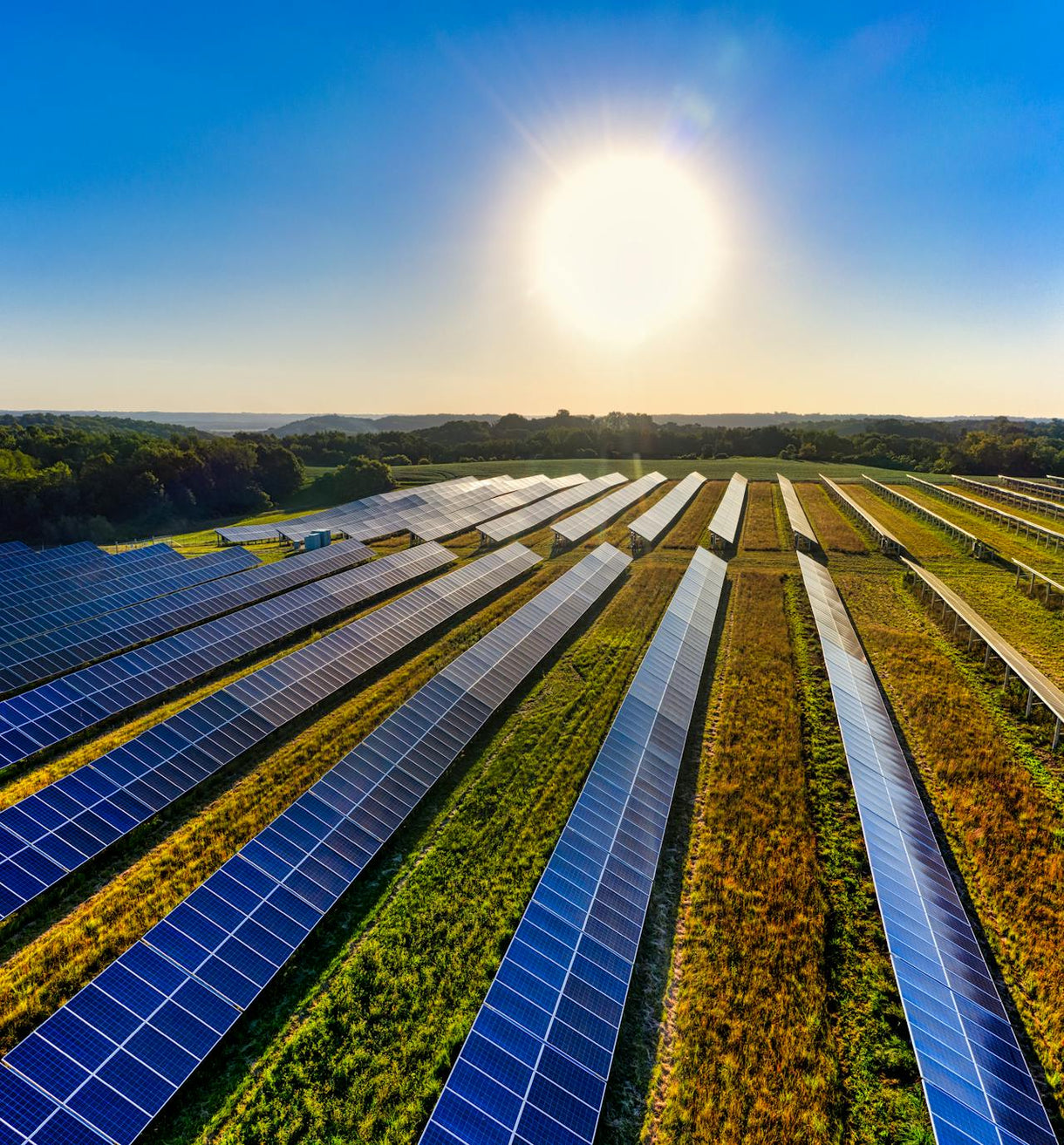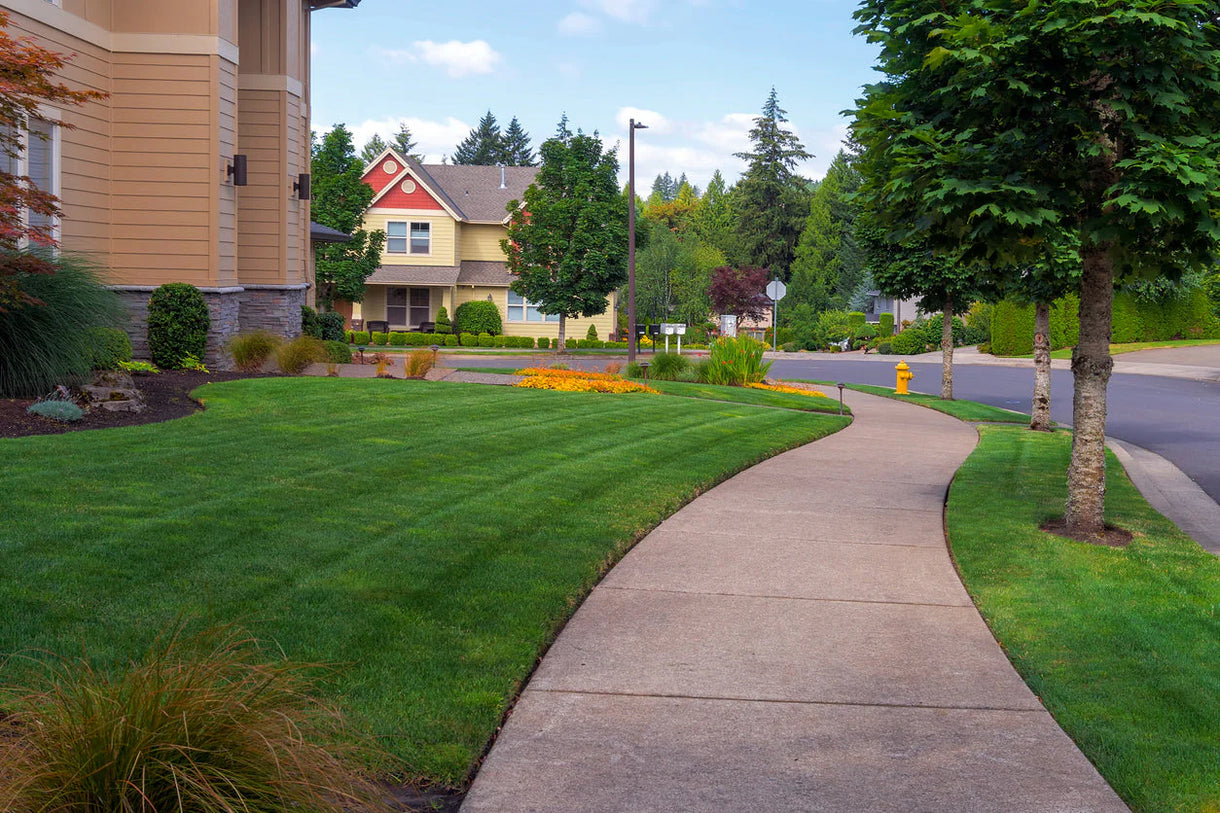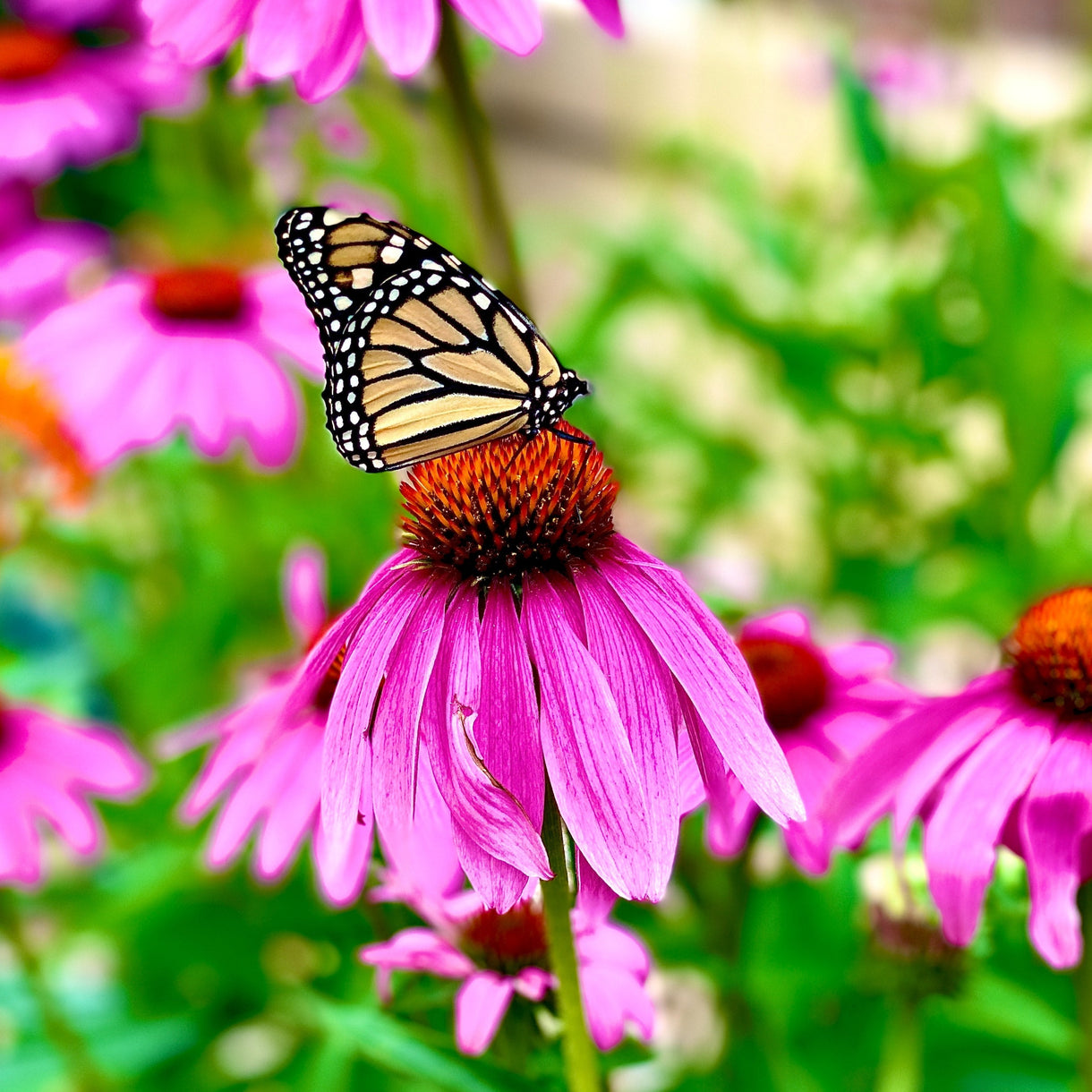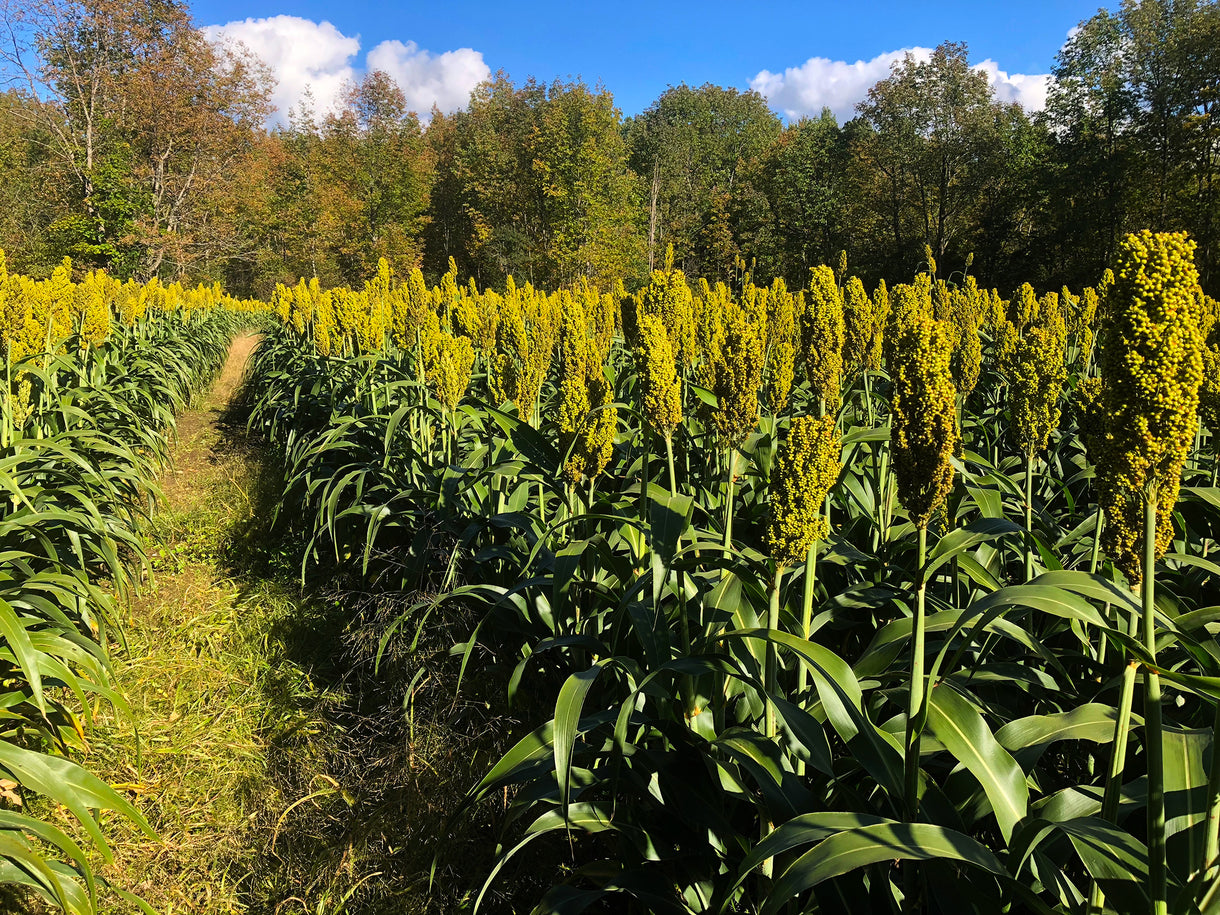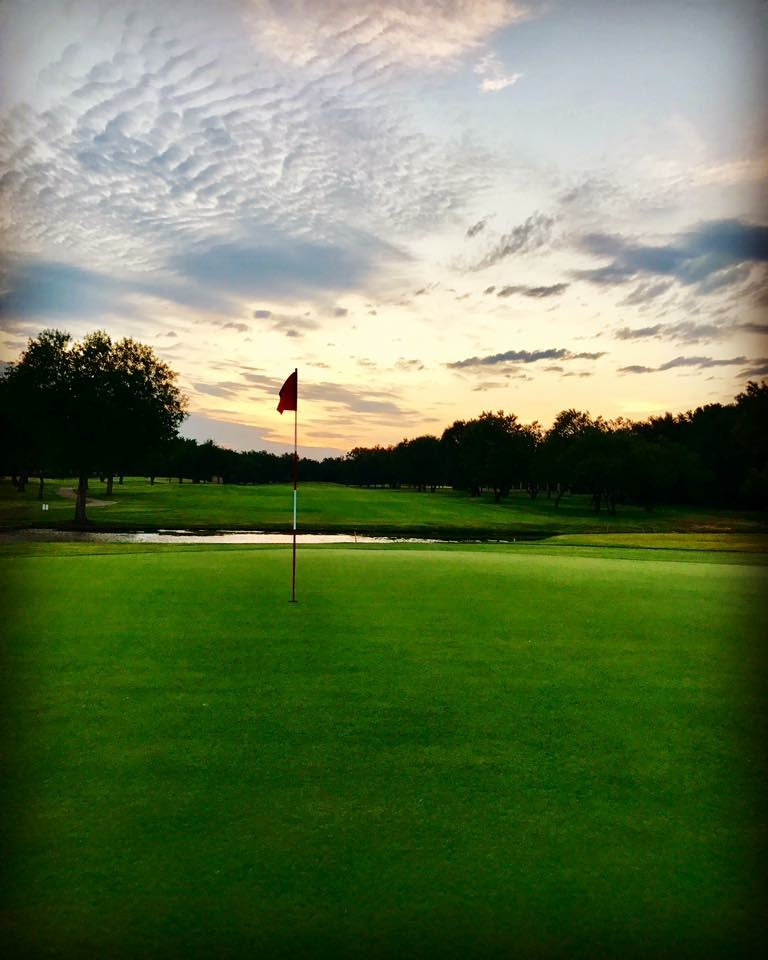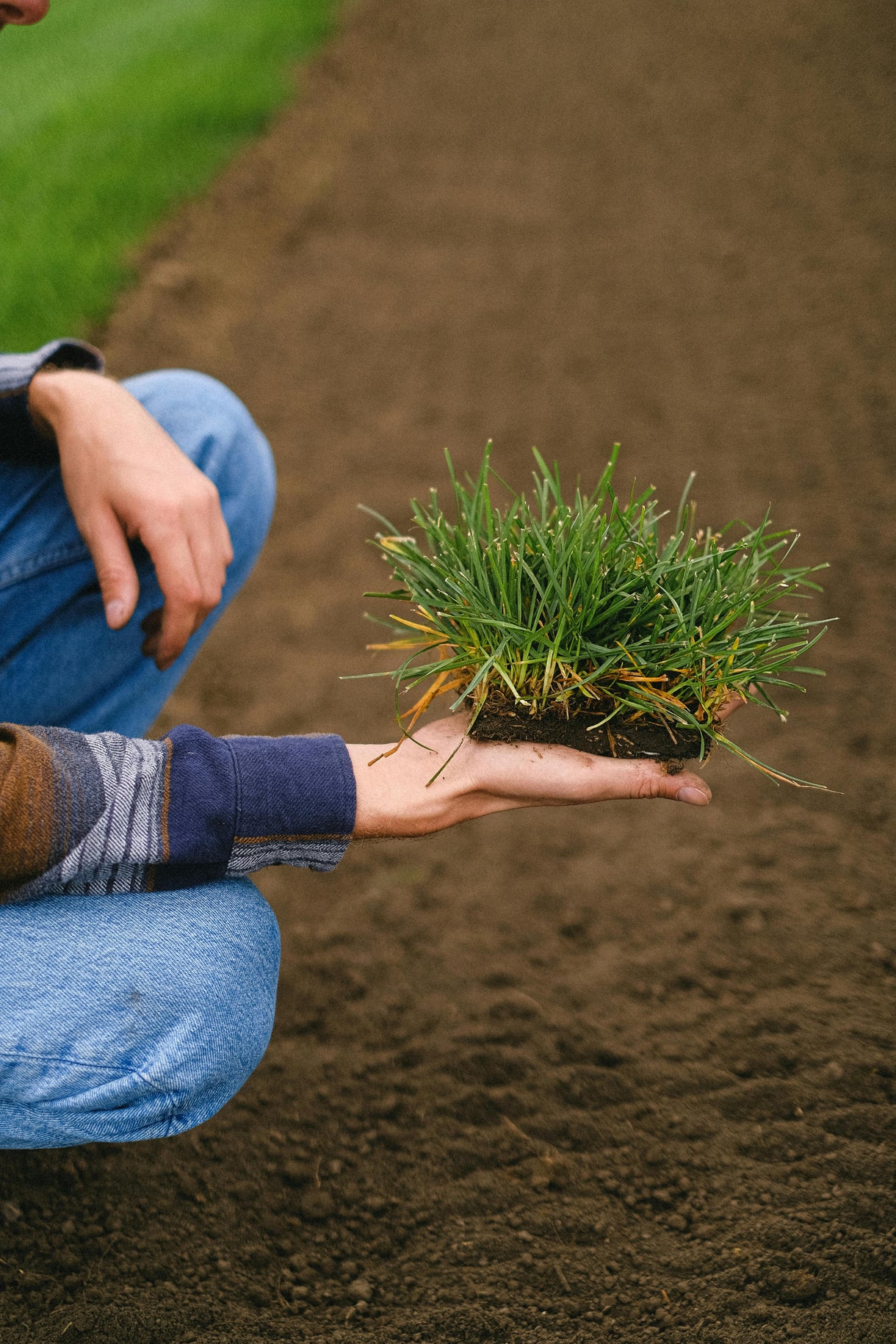Popular Products
Popular Products

Seed Quality
Hancock Seed is dedicated to delivering the best seeds possible to our customers. Hancock Seed grows and harvests many of our products, and we acquire the majority of the rest from other family farmers.
All these seeds are processed, packaged and shipped from Hancock Farm. This helps us ensure that our high standards are met. Unlike much of the competition, we refuse to sell you a seed that was not gathered during the last harvest. You will always receive fresh product from Hancock.
Every seed we grow comes with 40 years of experience behind it...you can rest assured that all of our products are cultivated in a method that assures its potential for growth.

Your cart ( 0 )

The state flower of Kansas, Wild Annual Sunflower, is widely distributed across North America. This sunflower is actually native to all 48 United States! The sunflower (Helianthus annuus) is a highly variable as a species, and hybridizes with several other species.This seed can be used for bee, hummingbird, and butterfly gardens as well as food plots, road embankments, fence lines and erosion areas.
Product Information
- Application or Use: Cover Crop, Ornamental
- Germination Time: 7 - 14 days, under optimal conditions
- Growing Locations: Warm Season, Transition Zone, Cool Season
- Height: 6 - 12 feet
- Sunlight Requirements: 8+ hours, full sun for best results
- Advantages: Acclimated to many soil types; provides excellent forage for many pollinating insects.
- When to Plant: See Instructions Tab.
Product Detail
- Grows from 6 to 12 feet tall
- Prefers moist clay-like soils, but is tolerant of a wide range of soils
- Provides excellent forage for many pollinating insects
- Tap-rooted annual
- Flower heads are 3 to 6 inches wide
Product Information
The state flower of Kansas, Wild Annual Sunflower, is widely distributed across North America. This sunflower is actually native to all 48 United States! One of the tallest growing helianthus members, up to 12 ft, this annual prefers to grow in well drained, disturbed soils with full sun exposure. The bright yellow and brown flowers are in bloom from July - September, providing excellent forage for many pollinating insects. The Sunflower is an erect, coarse, tap-rooted annual with rough-hairy stems. The leaves are mostly alternate, egg-shaped to triangular, and entire or toothed. The seeds are a food staple for many wildlife species and song birds through the winter months. Historically, this plant was utilized by Native American tribes for many different medicinal purposes. This plant makes and excellent border species in butterfly gardens or any other native garden plantings.
Wild Sunflower will germinate in approximately 7-25 days and can grow from 6 to 12 feet tall. The plant will bloom yellow between July and September. The Wild Sunflower prefers moist clay-like soils, but it is tolerant of a wide range of soils including limestone-based, sandy, sandy loam, medium loam, clay loam and clay. The Sunflower is a native domesticated crop.
Sunflowers are cultivated as ornamentals or garden plants, where the blooms are cherished for their beauty, and the seeds can be eaten by both humans and wildlife. Game birds, songbirds, and rodents eat the large, nutritious seeds of Sunflowers. Antelope, deer, elk and moose browse on the plants.
The Sunflower (Helianthus annuus) is a common and widespread roadside weed. It is common in open sites in many different habitats throughout North America, southern Canada, and Mexico at elevations below 1900 m. Helianthus annuus is highly variable as a species, and hybridizes with several other species. The heads and plants are very large in cultivated forms.
*Product packaging may appear different than what is pictured.
Wildflower Planting Time Based on Region:
Southeast
- Fall, Winter: Sowing wildflowers in Fall/Winter is the ideal time in the Southeast, with October 1 – December 31 being the best dates. The weather is ideal for starting seeds, and seedlings can grow and harden off before frost.
- Spring: A good time to plant wildflowers, especially annual species that flower quickly. Plant after the last frost date when soil temperatures have warmed to around 55°F, typically occurring within a month or so after the final frost of winter; this ensures the seeds can germinate properly without being affected by cold weather.
- Summer: You can plant wildflower seeds in the summer, but the hot sun can dry out the soil and stress your seedlings. Summer is a good time to plant quick-growing annual wildflowers.
Southwest
- Fall: A good time to plant spring wildflowers in the desert Southwest. Fall's cooler temperatures and seasonal rains help seeds germinate. In the mountains, you can plant after spring frosts.
- Winter: In areas that get snow, winter seeding can give seeds an advantage in the spring.
- Spring: A popular time to plant wildflowers in most states. You can plant after the last frost and when the soil temperature is at least 55°F. In warmer climates, you can plant at the end of the rainy season.
- Summer: You can plant wildflower seeds in the summer, but the hot sun can dry out the soil and stress your seedlings. Summer is a good time to plant quick-growing annual wildflowers.
Northeast
- Fall, Winter: The best time to plant wildflowers in the Northeast is in late fall, after the first frost but before heavy snow. This is known as dormant seeding and can take place from November to December. Cold temperatures and damp soil during the winter help wildflower seeds germinate.
- Spring: Plant in early spring, after the ground has thawed and soil temperatures reach around 55-65°F. This is a popular time to plant wildflowers because it's typically rainier, which helps water seedlings.
- Summer: You can plant wildflower seeds in the summer, but the hot sun can dry out the soil and stress your seedlings. Summer is a good time to plant quick-growing annual wildflowers.
Midwest
- Fall, Winter: Plant in late fall (November–December) after the first frost. The seeds will overwinter and germinate in the spring. Fall planting is a good option for cooler climates and can give the seeds an early start in the spring.
- Spring: Plant in early spring (April–May) after the last frost when the soil temperature is consistently above 55°F. Spring is a popular time to plant because the soil is usually moist from rain, and you can see the wildflowers grow right away.
- Summer: You can plant wildflower seeds in the summer, but the hot sun can dry out the soil and stress your seedlings. Summer is a good time to plant quick-growing annual wildflowers.
Western
- Fall, Winter: Plant in late fall (November–December) after the first frost. The seeds will overwinter and germinate in the spring. Fall planting is a good option for cooler climates and can give the seeds an early start in the spring.
- Spring: Plant in early spring (April–May) after the last frost when the soil temperature is consistently above 55°F. Spring is a popular time to plant because the soil is usually moist from rain, and you can see the wildflowers grow right away.
- Summer: You can plant wildflower seeds in the summer, but the hot sun can dry out the soil and stress your seedlings. Summer is a good time to plant quick-growing annual wildflowers.
Pacific Northwest
- Fall, Winter: Plant in late fall (November–December) after the first frost. The seeds will overwinter and germinate in the spring. Fall planting is a good option for cooler climates and can give the seeds an early start in the spring.
- Spring: Plant in early spring (April–May) after the last frost when the soil temperature is consistently above 55°F. Spring is a popular time to plant because the soil is usually moist from rain, and you can see the wildflowers grow right away.
- Summer: In cooler zones with higher elevation, you can plant wildflowers in late spring to early summer, after the risk of frost has passed. You can plant wildflower seeds in the summer, but the hot sun can dry out the soil and stress your seedlings. Summer is a good time to plant quick-growing annual wildflowers.
Establishment:
Sunflowers need full sun. Irrigation is required until they become established.
Seed Propagation:
When the soil has warmed up to at least 55ºF in the Spring, sow hardy Sunflower seeds where they are to flower. Seeds can also be sown in pots or seed trays and either planted out in their final positions in late fall or overwintered in a cold frame to be planted out in Spring. This technique is particularly useful in gardens with clay soil that is slow to warm up in spring.
There are two main methods of sowing outdoors: broadcast and with drills. For both, prepare the seedbed first. Dig over the soil to one spade’s depth, then rake over and firm. For broadcast sowing, sprinkle seeds thinly and evenly on the surface of the prepared seedbed and rake them in lightly. Label seedbeds, then water the area gently but thoroughly with a fine spray. For sowing with drills: Using either a trowel tip or the corner of a hoe, mark out shallow drill holes 3 to 6 in. (8-15 cm) apart, depending on the ultimate size of the plant. Sow seeds thinly and evenly by sprinkling or placing them along each drill at the appropriate depth. Carefully cover with soil and firm. Label each row and water gently but thoroughly with a fine spray.
To prevent overcrowding, the seedlings usually need to be thinned. To minimize disturbance to a seedling being retained, press the soil around it after thinning the adjacent seedlings. Water the newly establishing seedlings fairly frequently until the roots have developed. Support is required for the sunflower stems. Stakes help support the stem and protect the seedlings from rodent or bird damage. Birds and small mammals love both the sunflower seeds and the tender young seedlings. A scarecrow or netting may be necessary to protect the plants from herbivores.
Instructions
When choosing to start a new lawn, remove old vegetation by using a de-thatcher, power rake or tiller to kill the existing vegetation. Rake or drag the area to remove debris and dead grass for a clean area. Ensure the soil is leveled and loosened to allow the seed to have good soil contact once spread on a clean seed bed.
If you have an area with heavy weed coverage, we recommend starting fresh by killing and removing the existing vegetation. If you choose to use chemicals, herbicides or fertilizers, you must check with the product's manufacturer prior to planting new seed to ensure the proper waiting period.
When overseeding an existing area, mow your lawn at the lowest setting and bag the clippingsx. Rake or drag any areas that have dead thatch or debris.






